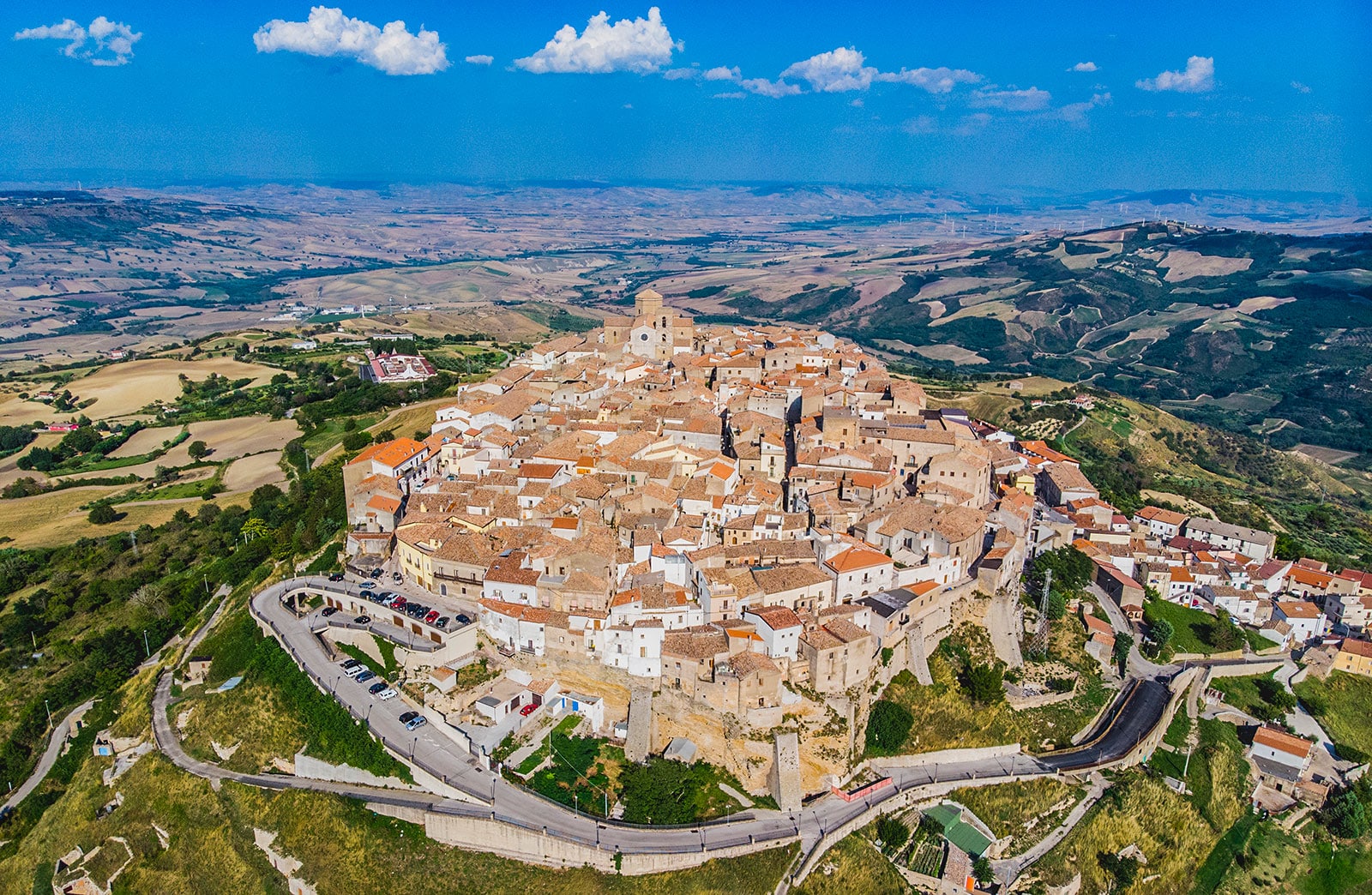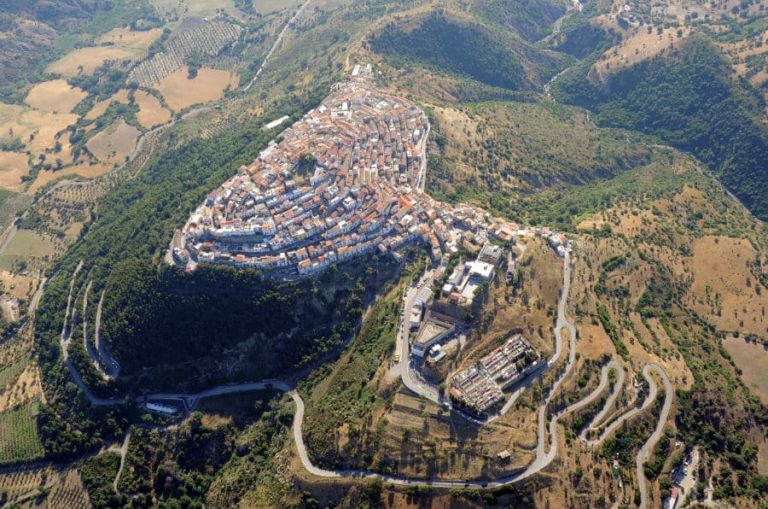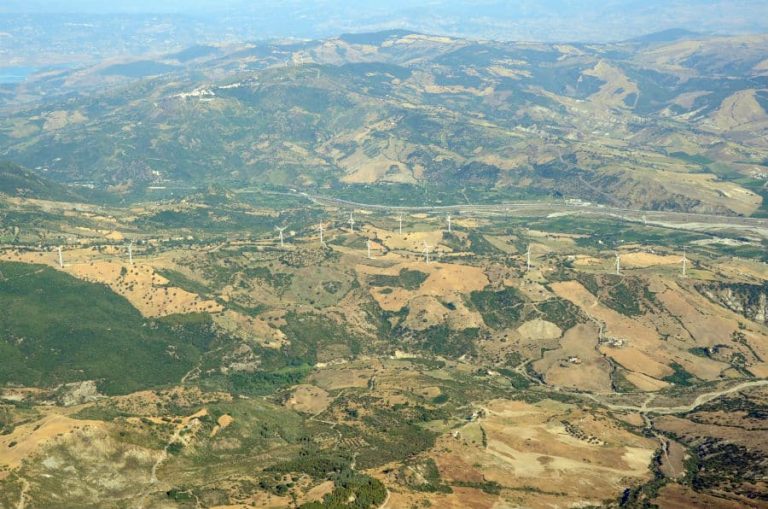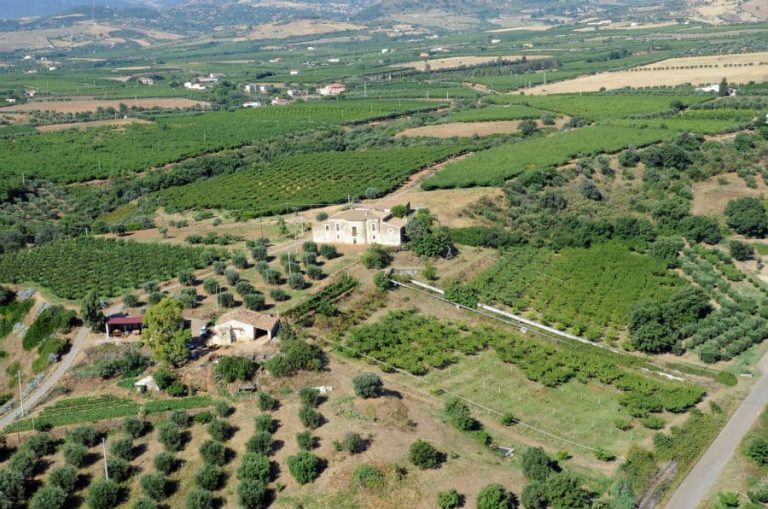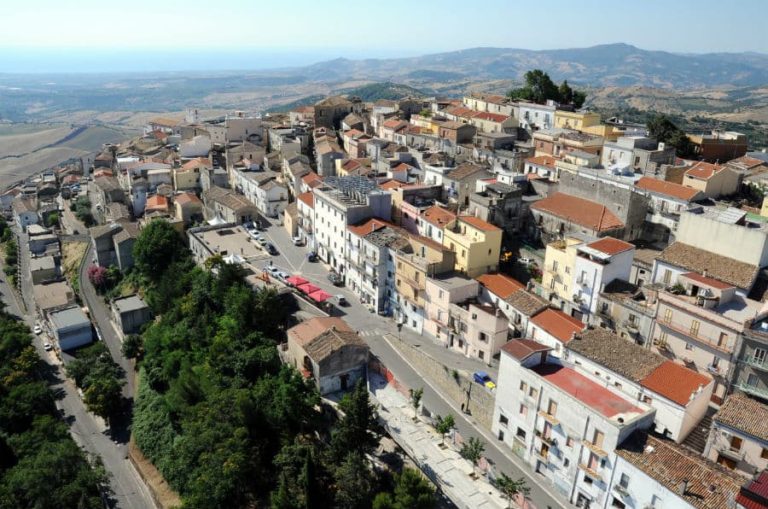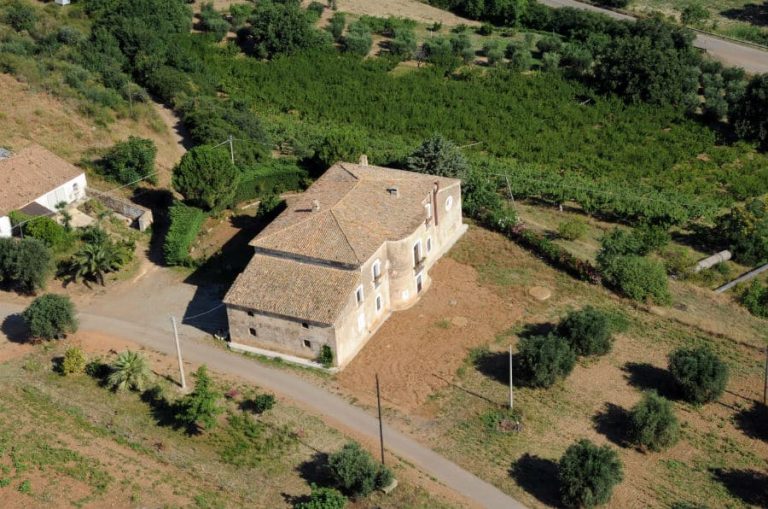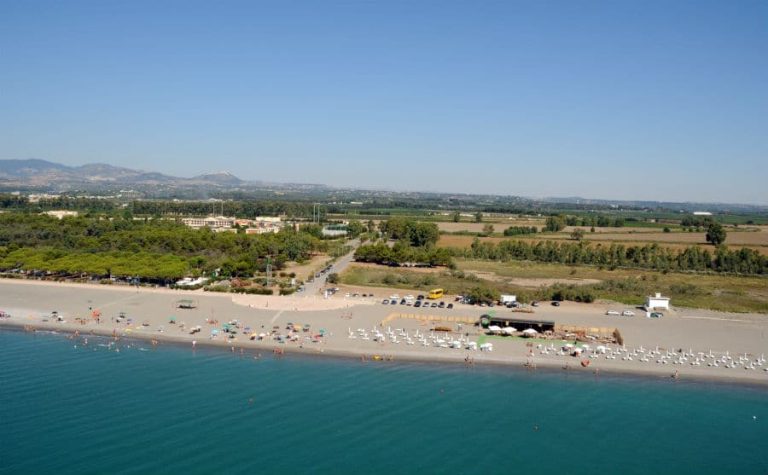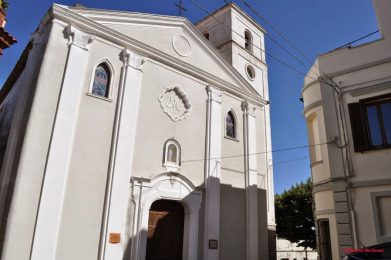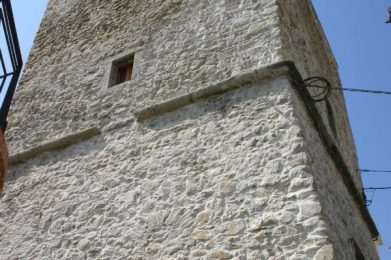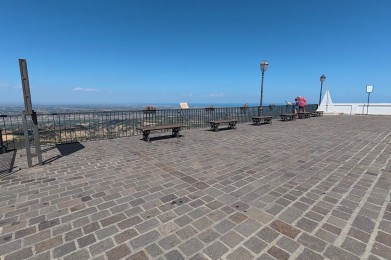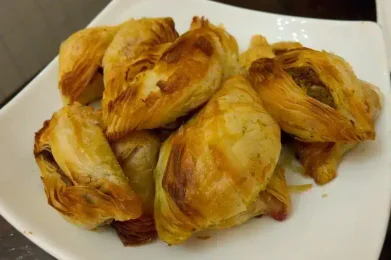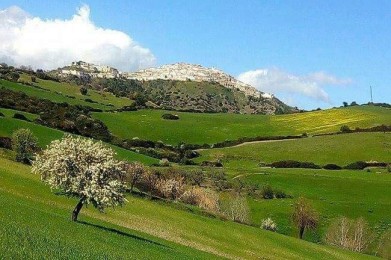A village that tells
The origins of the town date back to the 16th century, when the center was refounded after the destruction of the ancient settlement by the Saracens. The historic center, among the most fascinating in the region, develops in a helicoidal shape along the hillside, with alleys that chase each other and reveal tunnels, stairways, noble palaces and sculpted portals.
Prominent among the architecture are the historic Albisinni, Rondinelli, Ielpo and Tucci-Cospito palaces, decorated with carved stone masks, and the original "Lamie di Bitonte," 17th-century stone arches that cross the foundations of the palace of the same name. The imposing and solitary Torre del Carcere is what remains of the defensive system built in 1518 by the Prince of Salerno, Ferrante Sanseverino.
Sacred places and endless vistas
Among the most significant churches are the Mother Church of Santa Maria delle Grazie, built in the 16th century and enriched in the following century with side chapels, and the Church of St. Anthony of Padua, once attached to a Franciscan convent, with fine stucco work and a polychrome marble altar.
From the top of the village there is one of the most exciting landscapes in Basilicata: a view that sweeps all the way to the Ionian coast, particularly toward the sandy beaches of Marina di Nova Siri and Marina di Rotondella, ideal destinations for a day at the beach.
Nature, hiking and legends
Those who love hiking can go as far as Mount Coppolo, a site of archaeological value linked to the mythical Greek city of Lagaria, founded - according to legend - by Epeus, the builder of the Trojan Horse. Here is also the location of the Bosco Sottano and Bosco Soprano Regional Reserve, a green oasis rich in biodiversity that extends to the terminal stretch of the Sinni River.
Nearby, the hamlet of Trisaia guards the Casale di Santa Laura, whose medieval origins add to the rich history of the area.
Tradition at the table
Rotondella's gastronomy is a reflection of its land: simple, genuine and deeply rooted in tradition. First courses include "frizzùle ca' middiche", handmade pasta seasoned with breadcrumbs and sauce or cheese, orecchiette and strascinati accompanied by legumes.
Among the main courses, you cannot miss "ggnommarèdde," rolls of lamb or kid innards, and "p'pòne a savizizzèdde", dried peppers seasoned with sausage. Baked goods are also tantalizing: calzones stuffed with meat, potatoes, chard or onion. At breakfast, the sweet taste of apricot jams, the fruit of a cultivation spread over more than 700 hectares, offers an authentically Lucanian start to the day.
Rotondella is a village that enchants with its spiral shape, the aroma of home cooking, and the breathtaking view that opens to the Ionian Sea and the mountainous heart of Basilicata. A place where every stone tells a story and every flavor evokes ancient traditions.

